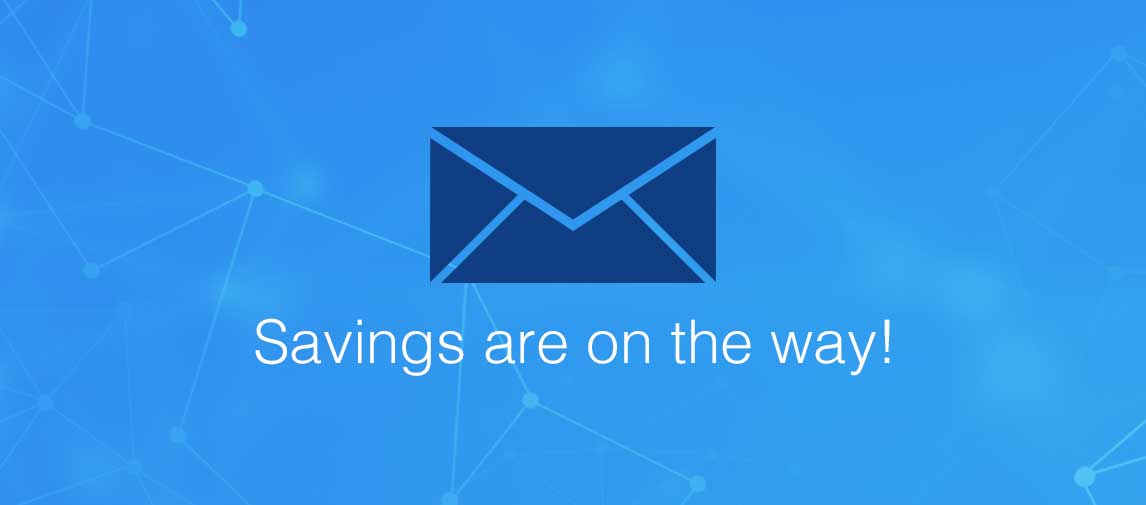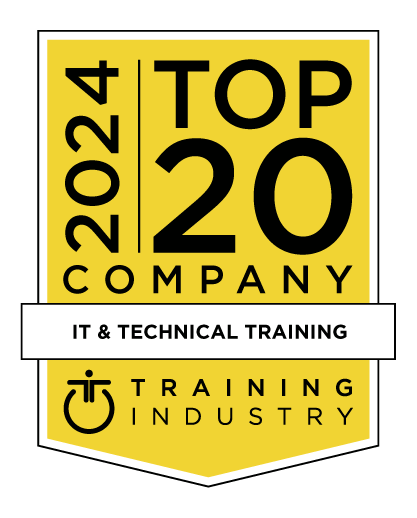title
Please take a moment to fill out this form. We will get back to you as soon as possible.
All fields marked with an asterisk (*) are mandatory.
Developing Workflow Solutions using IBM Business Automation Workflow V20.0.0.1
Course Description
Overview
This course integrates training in business process management (BPM) methods and implementation with IBM Business Automation Workflow V20. You learn core process modeling and implementation skills, the project development approach, process model implementation fundamentals, and delivery patterns. These skills improve the speed and quality of implementing an executable process. The course uses an interactive learning environment, with class review questions to reinforce concepts and check understanding. Lab exercises throughout the course provide hands-on experience with IBM tools. This course is intended to be collaborative, and you can work in teams to complete class activities.
IBM Business Automation Workflow is a comprehensive environment that provides the visibility and insight that is required to effectively manage the business processes of an organization. The course begins with an overview of the product and then covers business process management, emphasizing the concepts of reuse, ease of maintenance, and high-quality development strategies. You create a structured process using IBM Process Designer from business requirements that are identified during process analysis. You learn how to make team collaboration more efficient by using standard Business Process Model and Notation (BPMN) elements.
The course provides an overview of the architecture of IBM Business Automation Workflow and describes the use of process applications and toolkits within the tool. You create business objects and variables, implement gateways, and demonstrate process flow on your diagrams. You build customized user interfaces (coaches) to enable business and process data flows throughout the process model.
Objectives
After completing this course, you should be able to:
- Understand the key capabilities of Business Automation Workflow
- Describe how to use IBM Business Automation Workflow to accomplish process modeling goals
- Describe the purpose of the Process Portal, Process Designer, and Workflow Center repository
- Describe the high-level architecture for Business Automation Workflow
- List and describe the core notation elements that are used in the IBM Process Designer
- Describe the purpose and function of Blueworks Live
- Explain the benefits of using IBM Business Automation Workflow on Cloud
- Define Business Process Management (BPM)
- Understand the process spectrum
- List and describe the phases in the IBM Playback methodology
- Describe Playback 0 and the achievements that are reached during this stage
- Examine a defined workflow from detailed process requirements and identify the interrelated process activities
- Describe how to model a structured process
- Decompose activities into a nested process
- Describe process sequence flow and the runtime use of process tokens
- Explain how to evaluate and model conditions for a gateway
- List and describe intermediate event types that are used in the IBM Process Designer
- Model a business process escalation path with an attached timer intermediate event
- Describe the differences between process flow data and business flow data
- Add variables and business objects to a process
- Describe teams and process lanes
- Explain user distribution in a process application
- Implement routing for tasks
- Create a routing design by using a team filter service
- Assign an expert group to an activity
- Expose a process application to a team
- Use coaches to define and implement guided user interactions
- Implement a service for an activity in a process
- Enhance coaches by applying a theme and adding tabs
- Create a reusable view
- Create a snapshot
- Share your assets by using a toolkit, and exporting your process application
- Organize assets with favorites, tagging, and smart folders
- Conduct a Playback session
- Explain how to create a decision service
- Describe how to create and configure an undercover agent (UCA)
- Describe how to start a process with a message start event
- Define the basic function of services
- Configure and define services for outbound integration
- Create an inbound web service
- Describe the differences between an environment variable and an exposed process variable
- Catch an error in a process and service
- Explain when to use team filter services to support business policy
- Use parallel tasks and messaging in a BPMN model
- Use Multi-instance loops to efficiently route work
- Explain how to integrate with external systems in IBM Business Automation Workflow
- Explain how to handle content events in a process
- Understand how the Target Object Store (TOS) can be used to share documents between a BPM solution and a Case solution
- Understand how to build a simple Case solution that integrates a process from a BPM solution
Exercises
- Exercise: Creating your first process application
- Exercise: Playback 0: Creating the To-Be process
- Exercise: Playback 0: Controlling process flow
- Exercise: Playback 1: Controlling process flow with business data
- Exercise: Playback 1: Business data, services, and coaches
- Exercise: Playback 1: User interface design and implementation
- Exercise: Playback 1: Conducting the Playback session
- Exercise: Playback 2: Integrations
- Exercise: Playback 3: Handling errors and deploying your process application
- Exercise: Implementing a custom routing solution
- Exercise: Implementing the “four eyes†policy by using a team filter
- Exercise: Building a cancellation pattern
- Exercise: Building web service connections
- Exercise: Handling content events in a process
Audience
This course is designed for project members who design and implement detailed logic, data models, and external system integrations for an executable business process. These roles include process owners, BPM analysts, BPM authors, BPM developers, BPM administrators, and BPM project managers.
Prerequisites
- Practical knowledge of data structures
- Understanding of SQL syntax and JavaScript
- Basic understanding of web services
- Experience with modern programming techniques
Before taking this course, you should have:
Topics
- Introduction to IBM Business Automation Workflow
- Exercise: Creating your first process application
- Introduction to Business Process Management
- Playback 0: Modeling the As-Is and To-Be business processes
- Exercise: Playback 0: Creating the To-Be process
- Playback 0: Controlling process flow
- Exercise: Playback 0: Controlling process flow
- Playback 1: Controlling process flow with business data
- Exercise: Playback 1: Controlling process flow with business data
- Playback 1: Business data, services, and coaches
- Exercise: Playback 1: Business data, services, and coaches
- Playback 1: Enhancing coaches
- Exercise: Playback 1: User interface design and implementation
- Exercise: Playback 1: Conducting the Playback session
- Playback 2: Integrations
- Exercise: Playback 2: Integrations
- Playback 3: Error handling and deployment
- Exercise: Playback 3: Handling errors and deploying your process application
- Advanced routing
- Exercise: Implementing a custom routing solution
- Exercise: Implementing the “four eyes†policy by using a team filter
- Managing complex tasks and process interactions
- Exercise: Building a cancellation pattern
- Integrating with external systems
- Exercise: Building web service connections
- Handling content events in a process
- Exercise: Handling content events in a process
Recognition
When you complete the Instructor-Led version of this course, you will be eligible to earn a Training Badge that can be displayed on your website, business cards, and social media channels to demonstrate your mastery of the skills you learned here.
Learn more about our IBM Business Automation Workflow Badge Program →Related Courses
-
Developing Case Management Solutions using IBM Business Automation Workflow V20.0.0.2
WB836G- Duration: 40 Hours
- Delivery Format: Classroom Training, Online Training
- Price: 4,075.00 USD
-
Fundamentals of IBM Business Automation Workflow: Developing Case Management Solutions
ZB838GS- Duration: 8 Hours
- Delivery Format: Self-Paced Training
- Price: 582.00 USD
Self-Paced Training Info
Learn at your own pace with anytime, anywhere training
- Same in-demand topics as instructor-led public and private classes.
- Standalone learning or supplemental reinforcement.
- e-Learning content varies by course and technology.
- View the Self-Paced version of this outline and what is included in the SPVC course.
- Learn more about e-Learning
Course Added To Shopping Cart
bla
bla
bla
bla
bla
bla
Self-Paced Training Terms & Conditions
THIS IS A SELF-PACED VIRTUAL CLASS. AFTER YOU REGISTER, YOU HAVE 365 DAYS TO ACCESS THE COURSE.
This is a Self-Paced virtual class; it is intended for students who do not need the support of a classroom instructor. If you feel you would better benefit from having access to a Subject Matter Expert, please enroll in the Instructor-Led version instead. Minimal technical support is provided to address issues with accessing the platform or problems within the lab environment.
Before you enroll, review the system requirements to ensure that your system meets the minimum requirements for this course. AFTER YOU ARE ENROLLED IN THIS COURSE, YOU WILL NOT BE ABLE TO CANCEL YOUR ENROLLMENT. You are billed for the course when you submit the enrollment form. Self-Paced Virtual Classes are non-refundable. Once you purchase a Self-Paced Virtual Class, you will be charged the full price.
After you receive confirmation that you are enrolled, you will be sent further instructions to access your course material and remote labs. A confirmation email will contain your online link, your ID and password, and additional instructions for starting the course.
Upon receipt of the Order Confirmation Letter which includes your Enrollment Key (Access code); the course begins its twelve (12) month access period. IMPORTANT!!! If your course provides access to a hands-on lab (Virtual Lab Environment), you will have a specific number of days (typically 30 days) on the remote lab platform to complete your hands-on labs. Do not start your lab until you are ready to use your lab time effectively. Time allotted in the virtual lab environment will be indicated once you apply the enrollment key. The self-paced format gives you the opportunity to complete the course at your convenience, at any location, and at your own pace. The course is available 24 hours a day.
If the course requires a remote lab system, the lab system access is allocated on a first-come, first-served basis. When you are not using the elab system, ensure that you suspend your elab to maximize your hours available to use the elab system. Note: This does not add additional days to your Lab Environment time frame.
Click the Skytap Connectivity Test button to ensure this computer's hardware, software and internet connection works with the SPVC Lab Environment.
Click the Skytap Connectivity Documentation button to read about the hardware, software and internet connection requirements.
Exam Terms & Conditions
Sorry, there are no classes that meet your criteria.
Please contact us to schedule a class.

STOP! Before You Leave
Save 0% on this course!
Take advantage of our online-only offer & save 0% on any course !
Promo Code skip0 will be applied to your registration
Purchase Information
title
Please take a moment to fill out this form. We will get back to you as soon as possible.
All fields marked with an asterisk (*) are mandatory.










